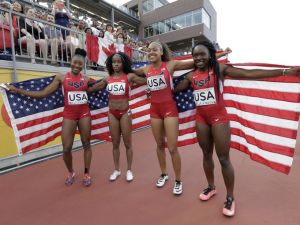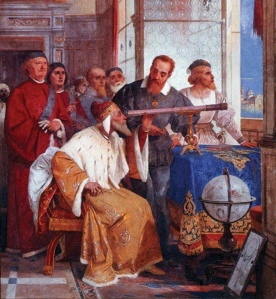Because we live in the Age of Oprah, where no one is allowed to keep anything private, I’d like to tell you a story about my childhood. It might even give you some insight into my development as a curmudgeon.
In the summer of 1986, before my junior year in high school, I realized that my Panasonic headphone AM-FM radio (every one of my friends had a real Sony Walkman; I had to be different) would work after dark and at night. Trying desperately to find a form of rebellion against the tyranny of my parents, I began to listen to New York Mets baseball games as I fell asleep. (With the headphones, they would not know I was awake past my bedtime!) (No, really; that’s about as far as I ever went.) (Until the fall of 1987 when I stayed out past 9:00 PM to look at Mars through a telescope and my father called the police to file a missing person report. You can’t make this stuff up.)
Back to ’86. As the summer progressed, I noticed a peculiar phenomenon: the Mets seemed always to find a way to win ballgames. Of course, they did not literally win always, but in baseball winning 2/3 of the time sure feels like always. It did not seem to matter if they dominated the game from start to finish or found themselves losing in the bottom of the 9th; I, and many other Mets aficionados, just knew they would find a way to pull out the game. And, more often than not, they did. Take a look at the statistics: all but one of the Mets’ relief pitchers finished with winning records, so there were lots of late-inning heroics.
Into the fall, and playoff time. Given what had transpired before, is it any wonder that all of us stayed tuned, with the Mets down 3-0 going into the 9th inning in game 6 against the Astros in Houston? No! Of course they tied the game to send it into extra innings. The Mets eventually won 7-6 in 16 innings, and I don’t think I’ll ever witness a more exciting game no matter how long I live.
This put the Mets into the World Series against the Red Sox, who were looking for their first championship since 1918. The Red Sox had lost the World Series in 7 games in 1946, 1967, and 1975. Is it any surprise that confidence was riding high? One day in Spanish class, Mary Sullivan, a fellow Mets rooter, asked for my Series prediction, and I replied, “Mets in four.” This caused no end of grief to Kim Petty, a Red Sox supporter. (I give you these details to demonstrate how powerfully sporting events affect Americans. Thirty years later, I can still remember where I was sitting, one row from the windows in Mrs. Roberts’ class, and what I was wearing, my grey wool sweater and maroon corduroys, when we had this conversation.)
Not even muffed predictions could dim our confidence. The Red Sox led the Series 3 games to 2, and had scored 2 runs in the top of the 10th. They needed only three outs to clinch the Series. No problem. A few hits, a passed ball, and one infamous grounder
later, the Mets had tied the Series. This set the stage for the inevitable, a Mets’ 8-5 (comeback: the Red Sox led 3-0 in the 2nd inning; you wouldn’t expect anything else) win.
Since then, the Mets have found their own ways to underachieve. They were expected to win it all in 1988, only to lose to the surprising Dodgers. They came close in 1999, and made it to the World Series in 2000, losing to the Yankees. A sparky 2006 team, with rising stars David Wright and Jose Reyes made it to the National League Championship Series before losing to the Cardinals. The 2007 and 2008 teams failed to make the playoffs after giving up late-season division leads. Since moving from Shea Stadium to Citi Field in 2009, the Mets have performed disappointingly in their home park.
And then came this season. When my wife and I settled down for each evening during our spring camping trip, we listened to a Mets victory every time. Talk about a great birthday present! Something seemed familiar about the scrappy, confident way they played during that 11-game winning streak, which helped them get off to a 15-5 start. They played average baseball for most of the summer, then in August and September caught fire again. I found two games especially encouraging: a victory over the Nationals after trailing 7-1, and an extra-inning win over the Braves later that week which included a 9th inning rally to send the game to extra innings.
It’s not just that the Mets are winning games; the way that they are winning feels just like it did in 1986. They never pack it in, and they create scoring opportunities when they need them the most. That’s how a team needs to play to win in the playoffs. When my friend and I attended the game against the Pirates on August 14, I was not surprised that the Mets featured highlights from 1986 in their pre-game show. It seems they’re thinking what I’m thinking.
Stay tuned.







